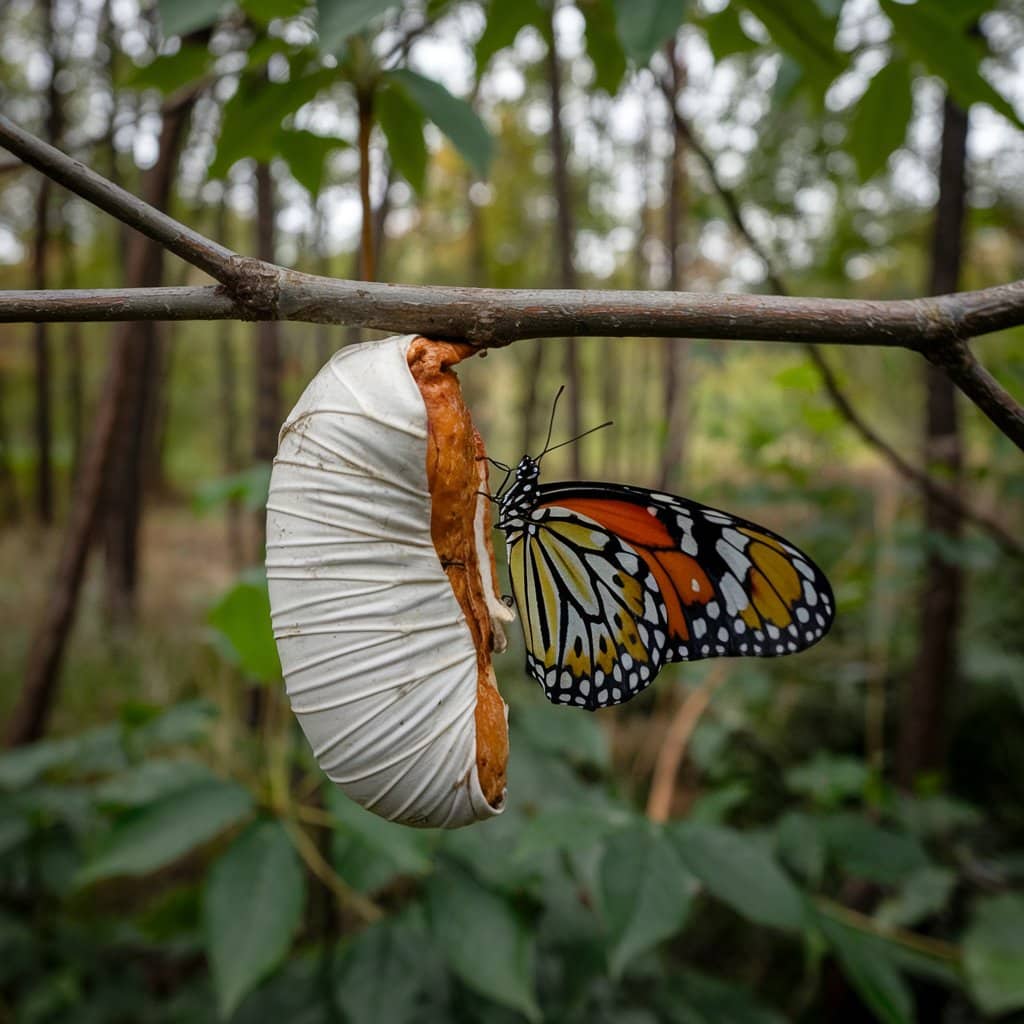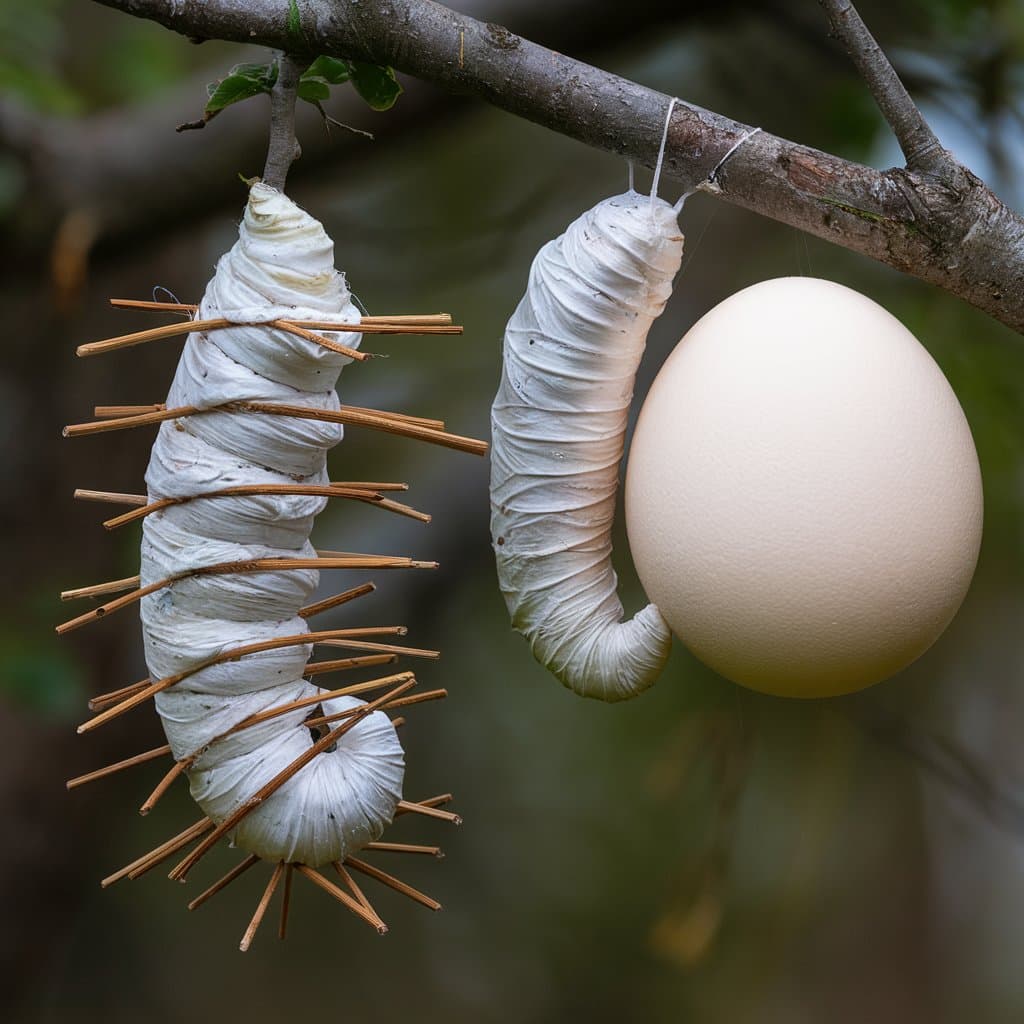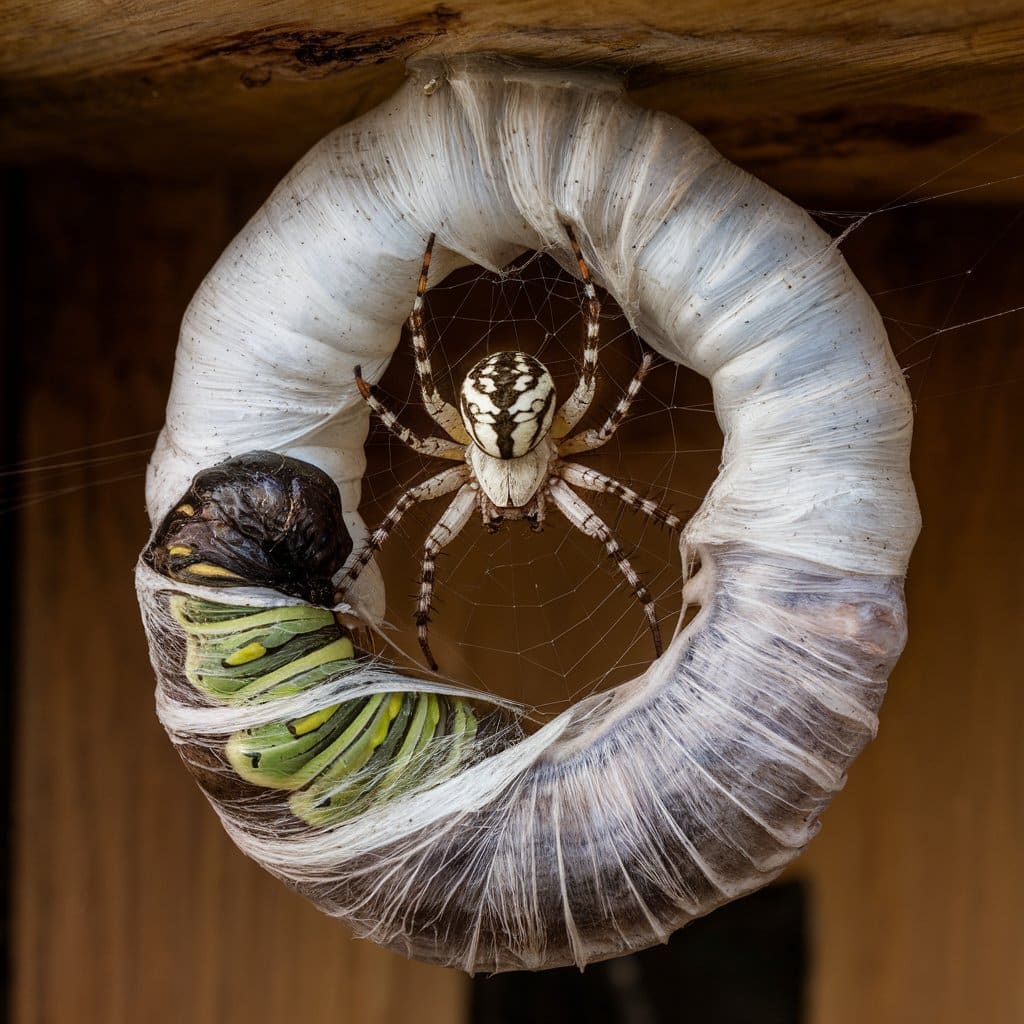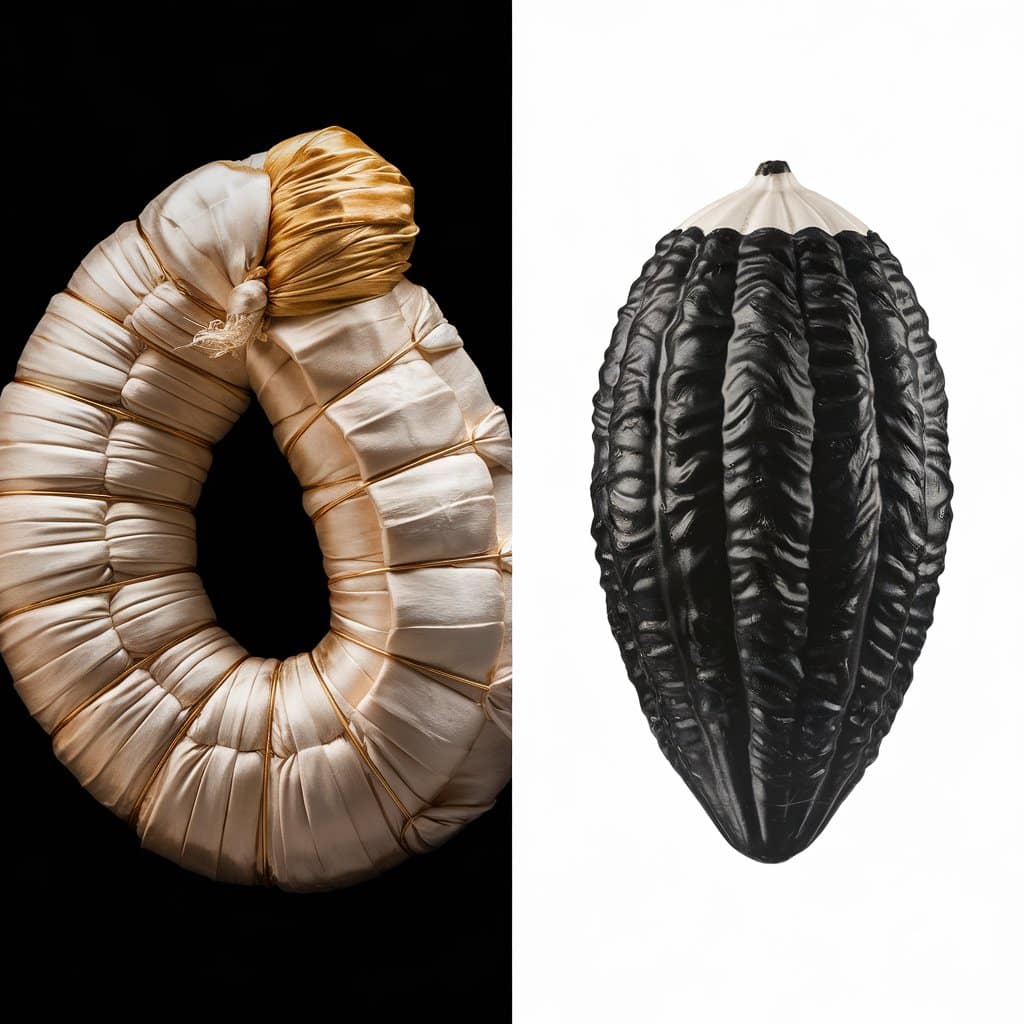When navigating the “cacoon vs cocoon spelling” debate, many people are confused about which term is correct. Is “cacoon” a legitimate alternative, or is it merely a misspelling of “cocoon”?
This detailed article delves into the “cacoon vs cocoon spelling” issue, providing comprehensive explanations to clarify the correct usage of these terms. By understanding the difference between “cacoon” and “cocoon,” readers can ensure accurate spelling and effective communication in both written and spoken contexts.
The debate between “cacoon vs cocoon spelling” often leaves many perplexed. People frequently wonder if “cacoon” is an acceptable variant of “cocoon” or if it’s simply a typographical error.
This article aims to demystify the “cacoon vs cocoon spelling” issue by exploring the correct usage of these terms. Understanding the accurate spelling of “cocoon” as opposed to the erroneous “cacoon” is crucial for clear communication.
Whether you’re writing an academic paper, a professional document, or simply engaging in casual writing, distinguishing between spelling will help you maintain precision and professionalism in your text.
Read more : Other Ways to Say Thank You for Your Attention – Grammar Beacon
Why is There Confusion in “Cacoon vs Cocoon Spelling”?
Phonetic Similarity
One of the primary reasons for confusion in spelling” is their phonetic similarity. Both “cacoon” and “cocoon” are pronounced almost the same, which can lead to spelling errors.
The auditory similarity between the two terms means that many people might unintentionally use “cacoon” when they actually mean “cocoon.” This common phonetic confusion underscores the importance of being aware of the correct spelling.”
Language Learning and Spelling Variability
English is notorious for its irregular spelling rules and exceptions. This variability can make remembering the correct spelling challenging, especially for less common words like “cocoon.”
As a result, “cacoon” often appears due to these inconsistencies in “cacoon vs cocoon spelling.” Familiarity with standard spelling rules and consistent usage can help alleviate this confusion.
Read more : “Totalling” vs. “Totaling”: Navigating the Spelling Dilemma – Grammar Beacon

Read more : Other Ways to Say Thank You For Responding Quickly – Grammar Beacon
What is a “Cacoon”?
Definition and Usage
“Cacoon” is not a valid term in standard English. It is a misspelling of “cocoon.” This error usually arises from typographical mistakes or misunderstandings. “Cacoon” does not have an official definition and is not recognized in reputable dictionaries.
For example, if a text states, “The scientist studied the cacoon of the moth,” it is evident that the intended word was “cocoon.” This illustrates how “cacoon” is an incorrect spelling and highlights the need for using “cocoon” to ensure accuracy in “cacoon vs cocoon spelling.”
Examples of Incorrect Usage
Incorrect: “The biologist observed the cacoon of a silk moth.”
Correct: “The biologist observed the cocoon of a silk moth.”
Another example:
Incorrect: “The larvae are safe inside their cacoon.”
Correct: “The larvae are safe inside their cocoon.”
These examples demonstrate why it’s essential to use “cocoon” to avoid confusion in “cacoon vs cocoon spelling.”

What is a “Cocoon”?
Definition and Meaning
“Cocoon” is the correct and widely accepted spelling. In biological terms, a cocoon refers to the protective casing spun by insects like butterflies and moths during their pupal stage.
This silk structure provides a secure environment for the insect’s transformation into its adult form.
Biological Context
In the biological context of “cacoon vs cocoon spelling,” “cocoon” describes the silk case spun by insects. For example: “After spinning its cocoon, the caterpillar undergoes a remarkable metamorphosis into a butterfly.”
Metaphorical Usage
Metaphorically, “cocoon” can describe a place or state of protection or comfort. For instance: “The new apartment felt like a cozy cocoon after a long day at work.”
Examples of Correct Usage
“The caterpillar spun a delicate cocoon around itself before beginning its transformation into a butterfly.”
“The new apartment felt like a cozy cocoon after a long day at work.”
These examples illustrate how “cocoon” is used correctly in various contexts, emphasizing the importance of using the correct “cacoon vs cocoon spelling.”
Read more : Story’s or Stories possessives – Grammar Beacon
“Cacoon” vs “Cocoon”: The Differences
Spelling
The term “cocoon” is the correct spelling. “Cacoon” is considered a typographical error and is not recognized in standard English. For accurate communication in “cacoon vs cocoon spelling,” it is crucial to use in all instances.
Meaning
“Cocoon”: This term has a well-established meaning, referring to the silk structure created by insects for protection during metamorphosis. It can also metaphorically denote a place or state of comfort and safety.
“Cacoon”: Since it is not a legitimate word, “cacoon” has no recognized meaning and should be avoided in discussions of “cacoon vs cocoon spelling.”
Usage
Use “cocoon” in any context related to the protective casing of insects or metaphorically to describe a protective or comforting environment. Avoid using “cacoon” as it is incorrect.
Read more : Wife’s or Wives: Possessives – Grammar Beacon
Examples of “Cacoon” and “Cocoon” in Context
“Cacoon” in Context
As “cacoon” is a misspelling, it should be avoided in formal writing. Here are examples of incorrect usage:
Incorrect: “The biologist observed the cacoon of a silk moth.”
Correct: “The biologist observed the cocoon of a silk moth.”
Another example:
Incorrect: “The larvae are safe inside their cacoon.”
Correct: “The larvae are safe inside their cocoon.”
These examples highlight the need to use “cocoon” to maintain accuracy and avoid confusion in the “cacoon vs cocoon spelling” discussion.
“Cocoon” in Context
“Cocoon” is used correctly in various contexts. Examples include:
Biological Context: “After spinning its cocoon, the caterpillar undergoes a remarkable metamorphosis into a butterfly.”
Metaphorical Context: “The new apartment felt like a cozy cocoon after a long day at work.”
These sentences illustrate the proper use of in both biological and metaphorical contexts, reinforcing the importance of correct in “cacoon vs cocoon spelling.”

Origins of “Cacoon” and “Cocoon”
Origins of “Cacoon”
“Cacoon” does not have a historical origin as it is not a standard term. It is an erroneous variant of “cocoon.” Errors like “cacoon” typically arise from typographical mistakes or misunderstandings.
Origins of “Cocoon”
The term “cocoon” has a rich etymological history. It originates from the French word “cocon,” meaning a small, protective case. This French term is derived from the Latin “cocoon” or “cocconis,” which means a protective envelope.
The word entered the English language
in the 17th century, initially referring to the silk case produced by insects. Its metaphorical use to describe a state of comfort or protection evolved over time.
Read more : Student’s, Students’, or Students? – Grammar Beacon
Conclusion
In summary, “cocoon” is the correct spelling, while “cacoon” is an incorrect variant. Understanding the correct “cacoon vs cocoon spelling” is crucial for clear and precise communication.
Whether you are discussing the biological process of metamorphosis or using “cocoon” metaphorically, sticking with “cocoon” will ensure that your writing is accurate and professional.
Recognizing “cacoon” as a likely misspelling will help you avoid errors and maintain the quality of your communication.
Emphasizing the correct usage of “cocoon” is essential in all contexts, from academic writing to everyday conversation. By understanding and applying the correct “cacoon vs cocoon spelling,” you enhance the clarity and effectiveness of your language.


James Logan is a seasoned blogger and language enthusiast behind Grammar Beacon. With years of experience in grammar and writing, James shares his expertise through insightful and engaging content. His passion for clear communication and linguistic precision shines in every post, making complex grammar concepts accessible and enjoyable for readers. Follow James for expert advice and tips to refine your writing skills.








